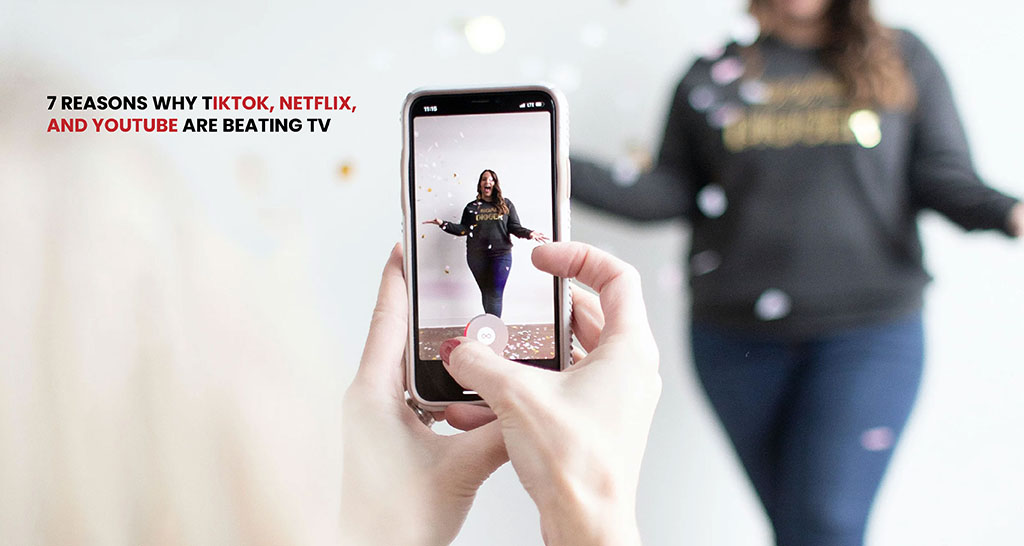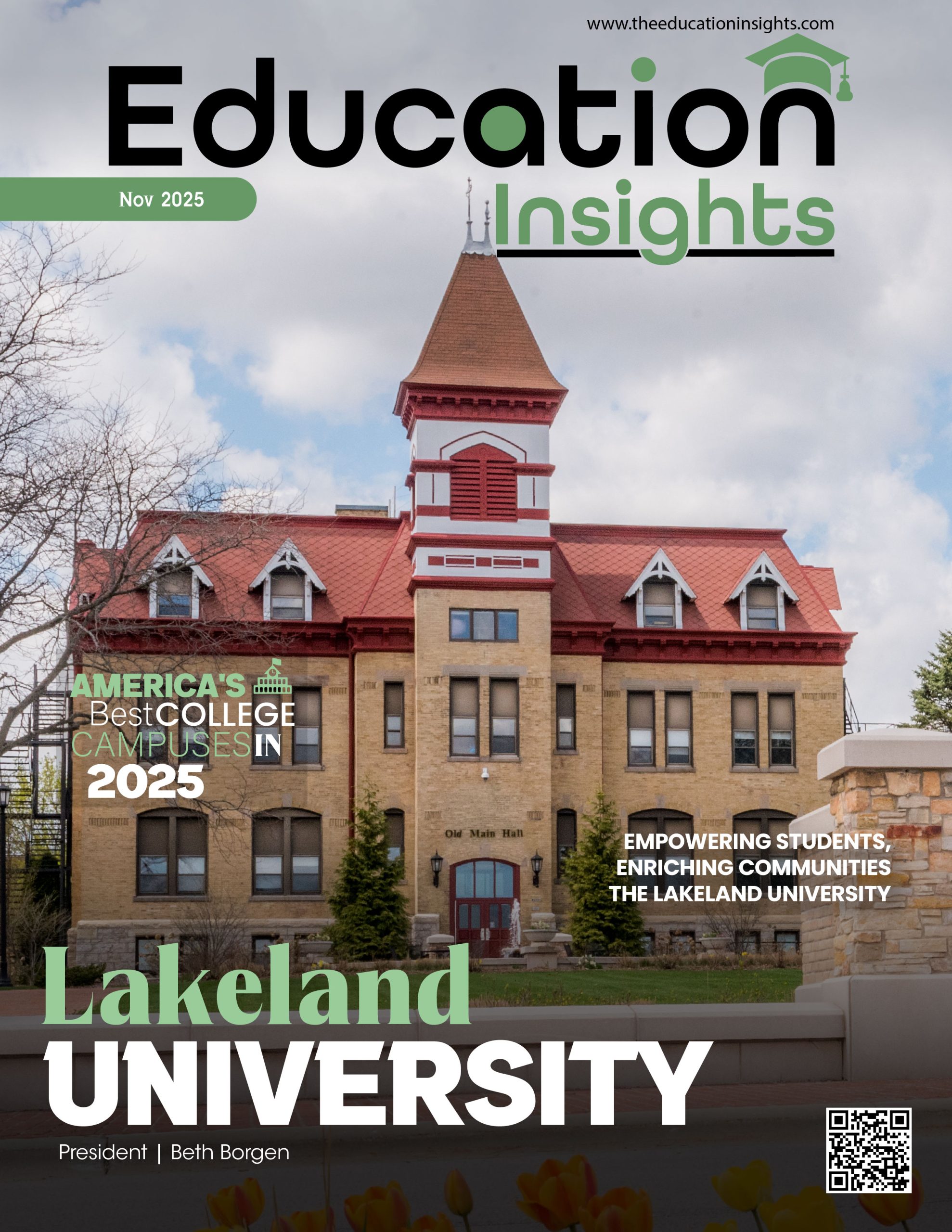Television is becoming less popular in this digital age as people move to apps like Netflix, TikTok, and YouTube. These sites are changing how people enjoy entertainment and what they like. They are taking over TV for these seven main reasons.
- Access on demand and at any time
Platforms like Netflix, YouTube, and TikTok let users watch content whenever they want, while TV viewers must stick to a set plan. People can watch any video, at any time, whether it’s a short clip, a program, or a whole series.
- Content That Is Customised
Algorithms are used by digital platforms to make sure that material is relevant to each user. Netflix suggests shows based on what you’ve watched before, TikTok gives you a personalised “For You” feed, and YouTube chooses videos based on what you like. TV, on the other hand, shows the same shows to everyone.
- A Wide Range of Content
Both YouTube and TikTok do very well with a wide range of videos, such as how-tos, vlogs, dance videos, and teaching videos. Netflix has shows from around the world in many languages. TV stations are limited by the shows they can show and the areas where they can be seen, so they usually try to appeal to a wide range of people rather than specific groups.
- No interruptions for business
Traditional TV is full of ads, but Netflix and YouTube Premium don’t have any. TikTok’s ads are short and are often put together in unique ways. The limited disruption makes the experience better for users and keeps people interested for longer.
- Mobile-friendly and easy to get to
YouTube, TikTok, and Netflix are all mobile-friendly, so users can watch videos or listen to music while they are on the go, at lunch, or even in bed. TV is mostly stable and needs to be set up in a certain way, which limits your options.
- Ecosystems that focus on creators
Platforms like YouTube and TikTok give anyone the tools they need to make their own videos. In contrast to TV’s top-down model of production and celebrity-driven shows, this decentralisation of content production brings new voices and material that people can relate to to the fore.
- Community and Reach Around the World
These tools go beyond borders and connect people all over the world. They have subtitles, dubbing, and material from a lot of different cultures. Plus, interactive features like comments, likes, and shares make it feel like a community, which is missing from standard TV.
Today’s viewers want freedom, variety, and personalisation, which is shown by the success of YouTube, TikTok, and Netflix. The gap between digital platforms and standard TV keeps growing as they adapt to changing tastes. This shows a clear shift in how people around the world enjoy entertainment.










